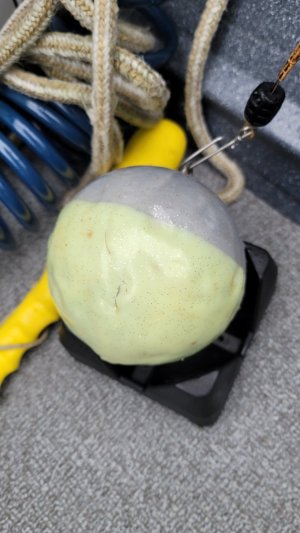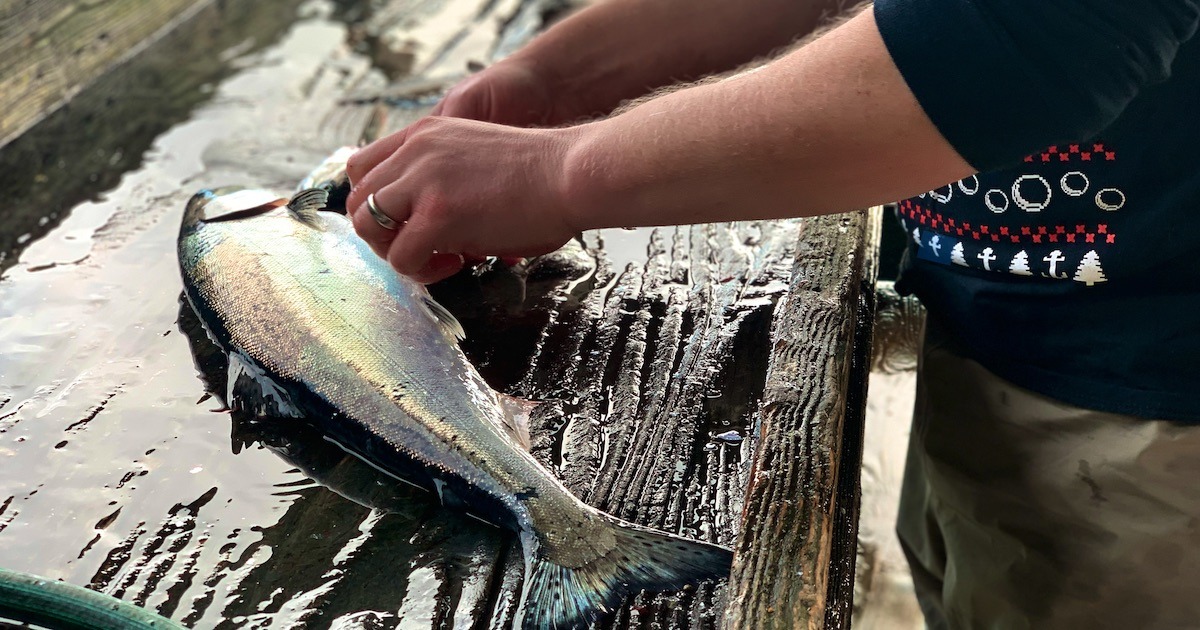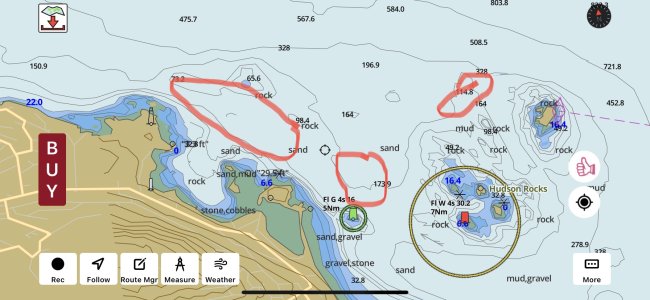I'm curious what everyone's process for finding the right depth to troll with a downrigger close to bottom.
Do you use a chart or calculator? (or do the math in your head?)
Do you find your speed/line angle then lower until you're literally bouncing bottom then back it off X amount? (if so, how much do you back off. Do you lose any balls or gear with this method?)
Stop the boat, drop it to the bottom, then put it in gear and get up to speed? (saw a guide do this once but doing the math it seems like it would be too far off bottom?)
Are you so close to the bottom that any fluctuation in depth you need to constantly be attending the DR depth?
apologies if this is a super noobie question, but I've been told to "drag it in the mud" so many times that I'd love to know what people are doing when they say that.
Do you use a chart or calculator? (or do the math in your head?)
Do you find your speed/line angle then lower until you're literally bouncing bottom then back it off X amount? (if so, how much do you back off. Do you lose any balls or gear with this method?)
Stop the boat, drop it to the bottom, then put it in gear and get up to speed? (saw a guide do this once but doing the math it seems like it would be too far off bottom?)
Are you so close to the bottom that any fluctuation in depth you need to constantly be attending the DR depth?
apologies if this is a super noobie question, but I've been told to "drag it in the mud" so many times that I'd love to know what people are doing when they say that.




